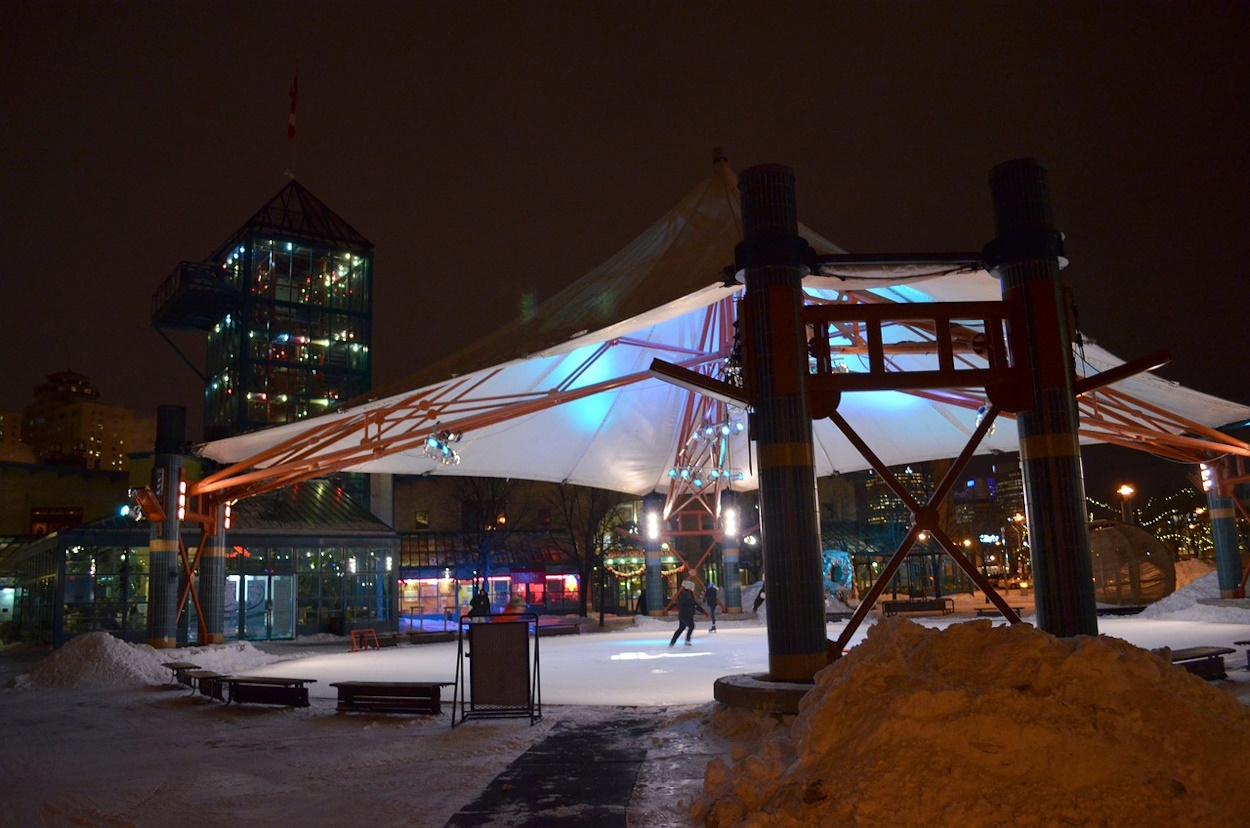Winnipeg: Facts that Prove It’s Cooler than its Reputation
Winnipeg might be known for cold winters, but “The Peg” is full of unexpected delights and a vibrant energy that warms the soul.
Get ready to discover why Winnipeg is seriously cool!
Mind-blowing Facts
-
Festival Frenzy: Winnipeg loves to celebrate! From the world-class Winnipeg Folk Festival to niche events like the Icelandic Festival, there’s always a party happening.
-
World-Class Arts: The Royal Winnipeg Ballet is an international powerhouse, showcasing incredible talent and artistry.
-
French Connection: Explore St. Boniface, Winnipeg’s French Quarter, for historic charm, bilingual flair, and fantastic eateries.
-
Exchange District: Architectural Gem: Stroll through this historic district, where stunning warehouses now house trendy shops, galleries, and buzzing restaurants.
-
Polar Bear Central: The Assiniboine Park Zoo’s Journey to Churchill exhibit offers incredible polar bear encounters and a taste of the North.
-
Hockey Heartbeat: Feel the energy of the Winnipeg Jets and their passionate fanbase – hockey is a way of life here!
-
Osborne Village: The Hipster Hub: This eclectic neighborhood is packed with independent boutiques, cozy cafes, and a lively nightlife scene.
-
Human Rights Beacon: The Canadian Museum for Human Rights is a powerful and thought-provoking experience, housed in an architecturally stunning building.
-
History on the River: The Forks, where two rivers meet, is a vibrant hub of markets, shops, events, and a place where Winnipeg’s past comes alive.
-
Unexpected Oasis: Escape to Thermea Spa for luxurious relaxation, where Scandinavian-inspired thermal cycles melt away any lingering chill.
-
Gimli Connection: Winnipeg’s link to Gimli, Manitoba (the largest Icelandic settlement outside of Iceland) adds a unique cultural dimension.
-
Slurpee Obsession: Winnipegites take their love for Slurpees seriously, holding the title of Slurpee Capital of the World!
-
The Golden Boy: This iconic statue stands tall atop the Manitoba Legislative Building – a beloved Winnipeg symbol.
-
Polar Bear Plunge: Witness the bravery (or sheer craziness?) of folks who take an icy January dip in the Red River – a quirky winter tradition.
-
Winnie the Pooh’s Hometown: Discover the whimsical connection to the beloved bear – A.A. Milne, Pooh’s creator, once called Winnipeg home.
Conclusion
Winnipeg is a city of surprising contrasts – where rich history meets modern energy, and where vibrant festivals somehow thrive amidst the winter chill. Discover its unique charm, warm spirit, and the unexpected delights that make “The Peg” a place worth falling in love with.

